Crossing Borders: Boundary Waters to Quetico | Part Two
I'm currently planning a winter camping adventure that starts in the Boundary Waters Canoe Area Wilderness (BWCA) in northern Minnesota and heads up into Quetico Provincial Park in Canada. Over the next few weeks, I'll be sharing some of the ways that I'll be preparing for this. I hope that it will be informative and inspire you as you plan your adventures. Sound good? Great. Here we go...
Part Two
Missed Part One? Read it here.
ROUTE PLANNING & NAVIGATION
The beauty of winter travel in the Quetico-Superior area is that you can go almost anywhere, including places that aren’t accessible by canoe in the summer. The easiest way of travel is over waterways. Accessing portage trails works as well, though they’re likely to be untravelled.
We have a few routes in mind but are leading towards one in particular. It’s an area that we have wanted to get up into. The draw is that it’s “new to us” and a mixture of lakes, creeks, and wetlands.
I’ve been using two different mapping applications to build potential routes. Paddle Planner and Caltopo. Paddle Planner has info specific to the BW/Quetico regions, such as campsite reviews and trip reports. Caltopo can be used for any place in the world and is the go-to for folks like first responders. Both are comprehensive, user-friendly and have a variety of features based on your needs and preferences. They also offer ways to download your map for offline usage, though personally, Caltopo feels more intuitive to me. I’ve used the app in the field to look at route details, mileage, etc and I prefer it.
Our primary source of navigation will come from our McKenzie topographic maps and a compass. I use these during the summer guiding canoe trips and I find them reliable and accurate.
Possible route up into Quetico Provincial Park. The route depends on conditions, group preferences, and how much fun we’re having. Map view in Caltopo.
TRAINING
Generally, most people can pull a sled or toboggan a short distance across a lake and winter camp. However, all will agree that winter camping takes some work. Because we’re hoping to cover 50-60 miles over 5 days, we’ve been training physically and mentally for this. One key is keeping relatively fit so that it’s easier to jump into a challenging trip and train for it. I stay active by hiking (we don’t have snow right now), strength training, and pilates.
Soon, I’ll start to drag a sled on hikes with some weight, gradually adding more. Life has been busy though, so training hasn’t been perfect. But…is it ever? We’re doing the best we can. It also helps that we all have a mix of winter camping and endurance event experiences that will help us when it gets uncomfortable. For a trip like this, it’s been helpful for me to have a 12-week training plan. The goal is to enjoy the adventure and minimize the risk of injury.
Frances Anne Hopkins, CC BY 2.0 <https://creativecommons.org/licenses/by/2.0>, via Wikimedia Commons
HISTORY, FLORA & FAUNA
I enjoy researching about an area that I plan to explore. As I’m moving through that place, I like to imagine who was there before me, and what sort of flora and fauna can I expect to see. What makes the region unique?
Part of the route we’ll be exploring has been used for thousands of years as evidenced by the artifacts found near portages and old camps, as well as pictographs along cliff faces. The Ojibwe people consider this their traditional homeland. Note: It’s illegal to remove artifacts, touch, or deface pictographs.
Starting in the 1600s, Europeans began to come into these areas. Eventually, fur trade routes were established along with Hudson’s Bay Company posts along the Minnesota-Canadian borders. Large boats filled French voyageurs of 10-12 men paddled long days and carried 90-pound bales of goods over portage trails. More recently, the area has been flooded by recreational canoeists throughout the soft-water seasons, seeking solitude.
I tend to find more evidence of animal activity in the winter. We often ski alongside tracks as we cross lakes or pass along portage trails. The usual suspects are deer, foxes, and small rodents, like snowshoe hares and mice. However, it’s not unusual to see wolves and their tracks. Last year I came across a kill site where they had drug a deer carcass out onto the lake to feed. Moose also use waterways for ease of travel, so we keep an eye out for their large brown droppings and hooves punching through the snow.
Overall the birds are quieter, especially if it’s colder. Whisky Jacks aka Canadian Jays are around all year and will come into camp looking for a snack. Otherwise, owls, woodpeckers, and assorted small birds may keep us company as we set up camp.
Lichen, along with deep greens of white, red, and jack pines stand out in the white and gray landscape. Birches will stand bare, stark white, adding to the iconic wintry scenes. Streaks of gray and pinkish granites of the Canadian Shield provide start contrast and increase visual interest against the shoreline. All set against the backdrop of sherbert-colored skies, winter is a gorgeous time to be visiting.
Head to Part Three.
Anishinaabe camp. Benjamin F. Upton, Public domain, via Wikimedia Commons
Disclaimer: I do not receive any compensation from the resources mentioned in this article. If you want to go on your winter camping trip, it’s up to you to plan and prepare for all the conditions you may encounter. Honestly assess your experiences, fitness, and skill set. The BWCA and Quetico are remote wilderness areas and help may be hours or a day away. Conditions change frequently. Check with local outfitters and forest offices for current updates. Information stated in this article may be inaccurate or not up to date.





